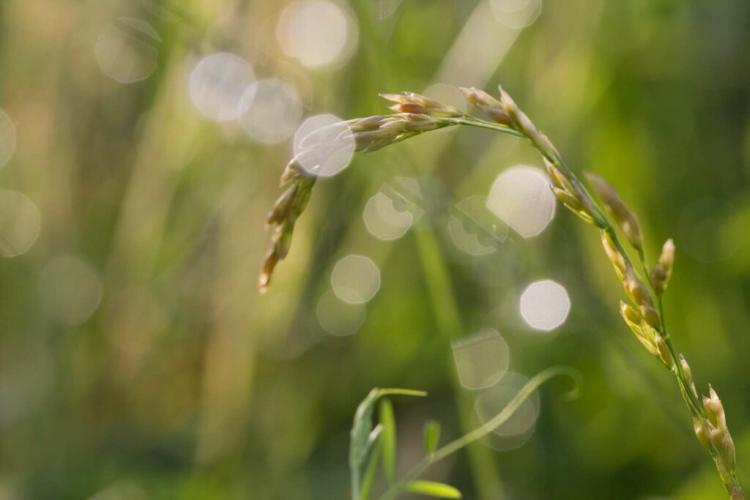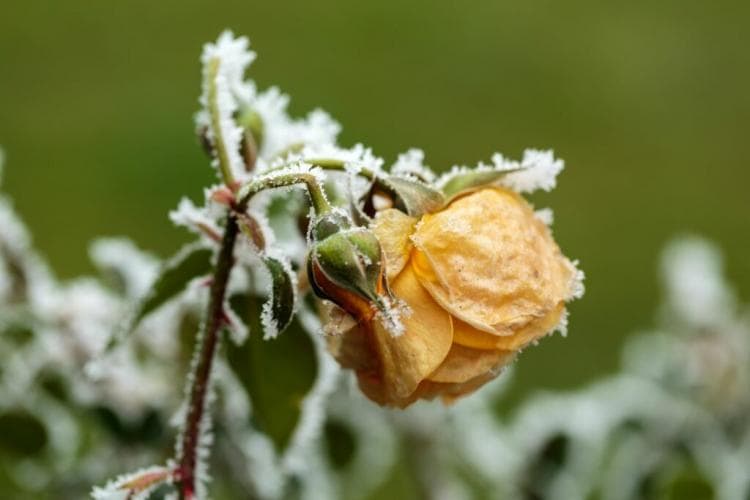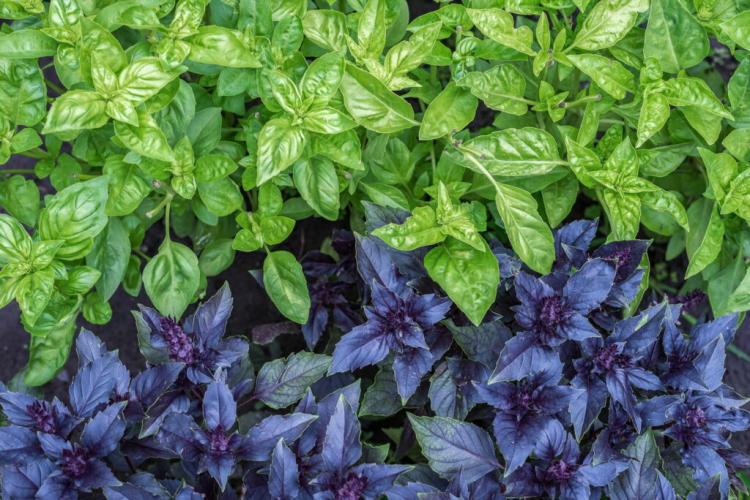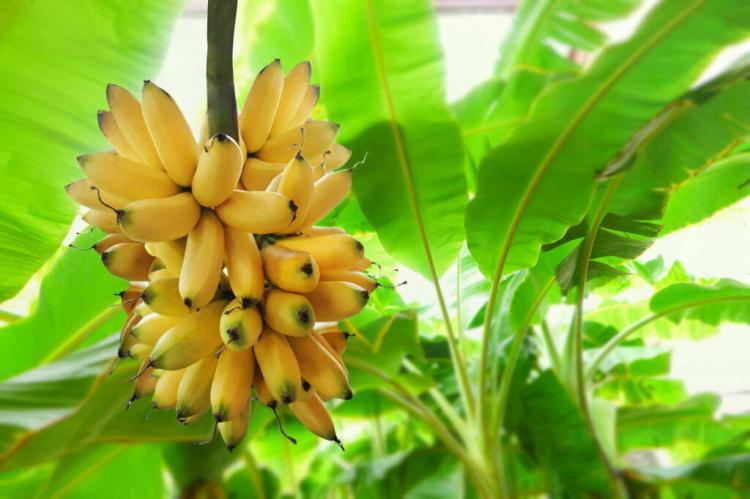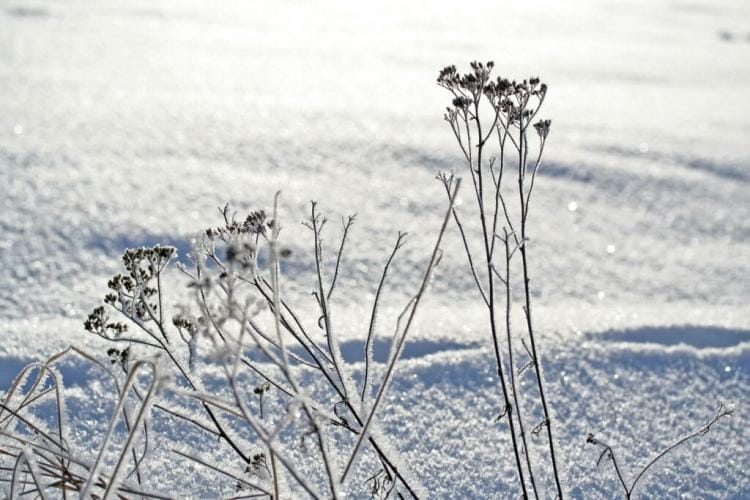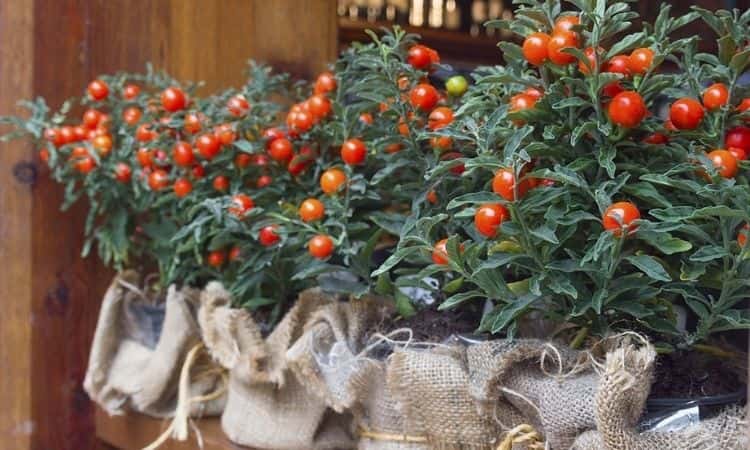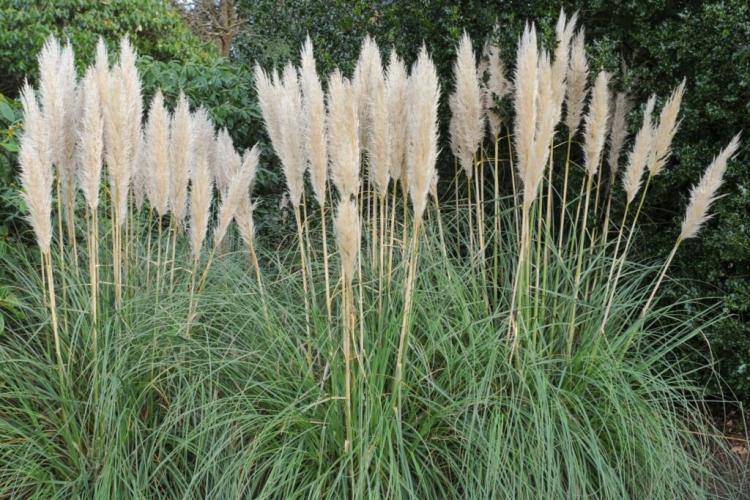Festuca Arundinacea: Everything About The Fescue At A Glance
We explain everything important about the properties and varieties of the fescue ( Festuca arundinacea ) and show the use of fescue seeds in lawns.
Many plants are true survivors, but the fescue ( Festuca arundinacea ) takes the discipline of indestructibility to extremes. Hardly any adversity in its environment can stop its growth. In the following, you will learn everything about the great strengths and small weaknesses of the special lawn grass and how you can use fescue seeds, for example in dry grass.
Festuca arundinacea: origin and description
Table of Contents
The fescue has a broad location tolerance, which is also clearly reflected in its natural distribution: North Africa and Europe, to northwest China and the Himalayas, the grass calls its home. Like Lolium perenne, Poa pratensis, Poa trivialis, or its related Festuca rubra, it belongs to the sweet grass family (Poaceae ). It is persistent, so it grows again every year and over a long period. It mainly forms clumps as well as short rhizomes to spread.
The leaves of the fescue are very broad and coarse compared to those of other grasses. Its roots extend extremely deep into the ground. Because Festuca arundinacea can live just as well with moisture and waterlogging as it can with drought and heat, it colonizes wet meadows, embankments, roadsides and meadows. It grows on both slightly acidic and weakly alkaline soils and does not disdain sandy or loamy soils.
Tip: The great robustness and adaptability of Festuca arundinacea can be used if a lawn is to be laid in a dry location. Fescue can also be found in the Gardender dry grass mix, which protects the lawn in summer against heat and dehydration.
Properties and uses of fescue
For a quick overview, we have summarized everything you need to know about Festuca arundinacea:
The fescue in a nutshell
| features | Loose clumps, broad leaves, matt upper surface, a glossy lower surface, strong roots |
| Expectations | Low demands on all surrounding environmental conditions |
| Durability | High |
| use | Dry lawns, hard-wearing lawns, sports and play lawns, biotope areas |
| Germination time and development | 9-16 days, fast-growing, but less competitive |
| Minimum cutting height | 30 – 40 mm |
| particularities | Particularly insensitive to drought and heat, very broad location tolerance, hardly susceptible to lawn diseases |
Festuca arundinacea forms loose clumps with its broad, matt leaves. Its roots are strong, often branched, and reach deep into the ground. It makes hardly any demands on its environment and can grow successfully on different soils and in different climates. Fescue is hard-wearing in the lawn and tolerates being trodden on and regular cutting quite well. It germinates and grows quickly, but is not very competitive with other grasses. The vast majority of lawn diseases can hardly harm the fescue, only some varieties are susceptible to Fusarium rot.
Fescue is spurned by grazing animals, which is why it is unsuitable as forage. It, therefore, shows its strengths above all as lawn grass in special mixtures for dry lawns.
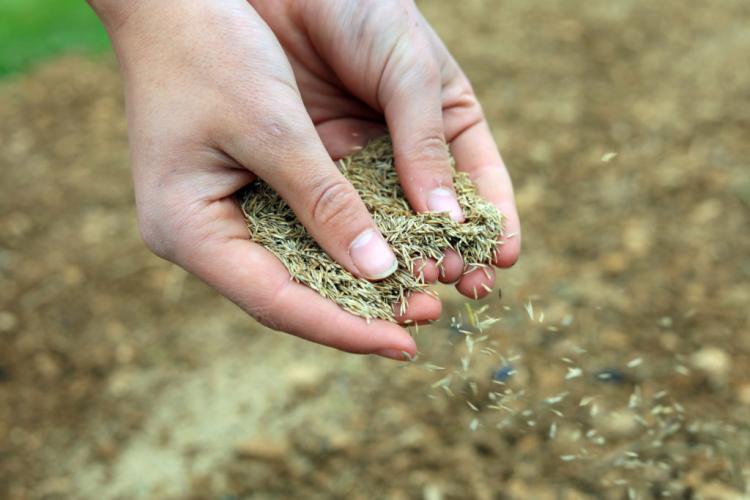
If fescue is to assert itself, it must be sown with a high seed density
Tip: The fescue has some advantages, but also two disadvantages: It has rather coarse, wide leaves that give a lawn a somewhat uneven, rough look. In addition, it does not hold up well against other lawn grasses. In our Gardender dry lawn in the premium quality we use the variety Festuca arundinacea ‘Debussy 1’, a beautiful, dark green variety of the fescue that forms a dense scar. We compensate for the low level of competitiveness with a high seed density: 70% of our mix consists of fescue seeds. We also pay attention to a good combination with proven mixing partners such as Poa pratensis.
You might so like: How Long Do Lawn Seeds Keep? Test With Germ Sample
Different varieties of Festuca arundinacea
The fescue was improved by human hands despite its already good natural properties. The goal of breeding the fescue was always the preservation of the high tolerance towards the environment while increasing the competitiveness against other lawn grasses and weeds as well as a refinement of the optics.
A good example of successful breeding is the ‘Debussy 1’ variety, which is why we use grass seeds from this fescue in our Gardender dry lawn.
Festuca arundinacea ‘ Barcesar ‘ :
Rather fast-growing; only faint green in winter; fine leaf (compared to other species of the species); good grain density; good competitiveness against weeds; durable; high resistance to many lawn diseases; Equally suitable for play and sports lawns, hard-wearing lawns, and house lawns in dry areas.
Festuca arundinacea ‘ SC1 ‘ :
Medium to fast growth; still green enough in winter; fine leaf (compared to other species of the species); nice dense scar; sufficient competitiveness against weeds; a quite high durability; high resistance to many lawn diseases; good suitability for sports lawns, play and sports lawns as well as house lawns in dry areas and hard-wearing lawns.
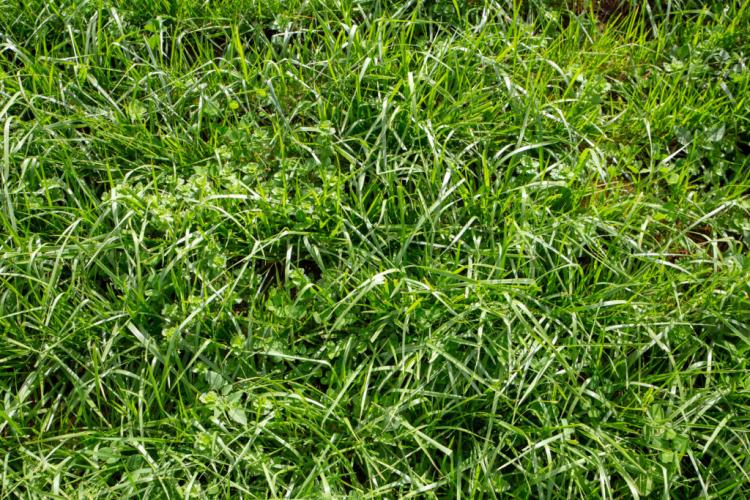
Some fescue species have broader leaves
You might so like: Saving Water In The Garden: 6 Valuable Tips
Festuca arundinacea ′ Debussy 1 ′:
Medium fast growth; still green in winter; coarse leaf; nice dense stigma and good competition against weeds; good hard-wearing; Resistance to the most important lawn diseases, suitable for use lawns, sports and play lawns and hard-wearing lawns. Because of its good properties, this variety is used in our Gardender Premium dry lawn.
Festuca arundinacea ‘ Divyna ‘ :
Fast-growing; only faint green in winter; extremely coarse leaf; Sufficiently good grain density and just as competitive against weeds; not very hard-wearing; resistant to all major lawn diseases; Sufficiently suitable for house lawns in dry locations, hard-wearing lawns, sports lawns and play and sports lawns.
Festuca arundinacea ‘ Eyecandy ‘ :
Rapid growth; only faint green in winter; extremely coarse leaf; good grain density and competitiveness against weeds; less durable; sufficient resistance to all lawn diseases; moderately suitable for sports lawns, house lawns in dry areas as well as play and sports lawns.
